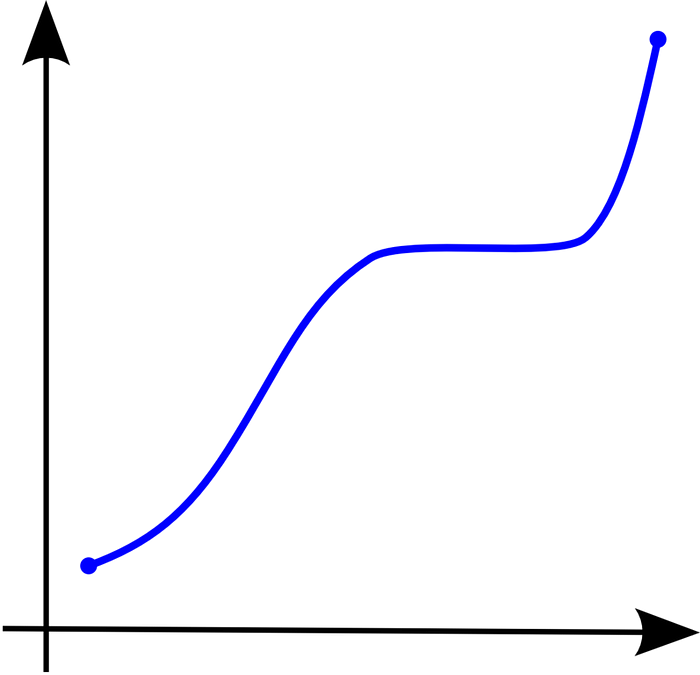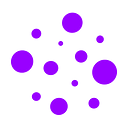To: Tyler; Re: Non-Linear Time

Non-linear time is an euphemism for the problems associated with project management for research & development. Unlike known implementations which can be estimated beforehand and whose progress can be measured through a set of milestones, solutions which must be invented may be non-monotonic. They can look like they are nearly complete only to discover that they are completely useless and it is necessary to start over.
When it comes to automated data collection implementation, there are ways to estimate the amount of time and expense it will take for particular algorithms to run, but whether the algorithm itself will produce any information that is valuable may not be known until it is complete. So, it is hard to build a business model upon a project plan which requires the business to ‘invent new technology’.
But ‘invent new technology’, or at the very least ‘try new things’, is the part that interests me the most. So, in order to produce some semblance of progress, I pay constant attention to how to improve the process of invention, knowledge gathering and ability to take anything to market. That way exploration is simultaneously less expensive, success can become more valuable and there is a positive by-product regardless of the outcome. But, it may involve months or years of work on infrastructure that appears to have no real value.
Force multiplication is a key difference between Catalyze Marketing and Collective Acuity. Catalyze seeks auto-catalytic growth by focusing on how to best organize known methods and technologies with known labor pools to quickly achieve scale in service provision. Whereas, Collective Acuity is continually integrating the methods, tech and techniques that make it possible to remove as many other people from the service provision process altogether. The operations mission for the lab is to reduce as far as possible the distance between an idea that I want to explore and a service any number of other people can use.
Although it is not possible to produce a professional product without a team and there are limits to the amount of automation people are willing to accept, it is possible to push the minimum viable team to the size of a single individual at the scope of a fully functional prototype. Once this act of creation by a single individual provides structure for the product, the problem is no longer on non-linear time. It also means that the product comes formed all ready for just the right designer, engineer, scientist and marketer with a natural unity that large teams struggle hard to achieve.
This solitary genius model is the only solution that I have found so far to the problem of R&D’s non-monotonic curve which attempts to tackle unpredictability from the perspective of the creator. It rests upon a belief that well organized processes of exploration and creation by a curious and disciplined mind will eventually create value for numerous others. But, there are other innovative approaches to R&D in the digital product field which have also found success recently.
Have you heard of the http://panda.network? They call themselves a startup factory and strike me as similar to http://betaworks.com but it is run by the creatives rather than the investors. Panda also seems less client oriented than http://ustwo.com. But all three organizations appear to have found a commercially viable solution to the problem of non-linear time.
